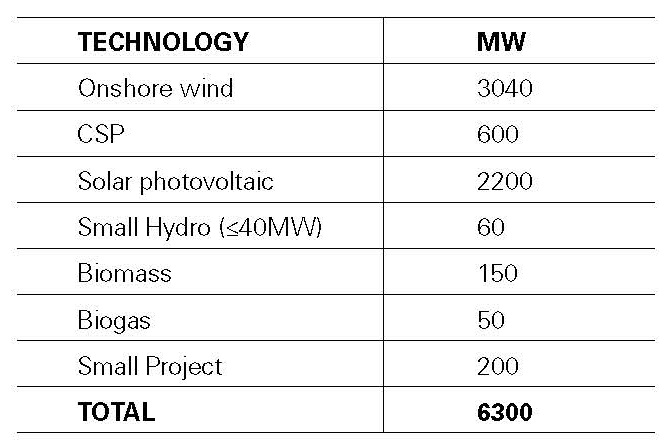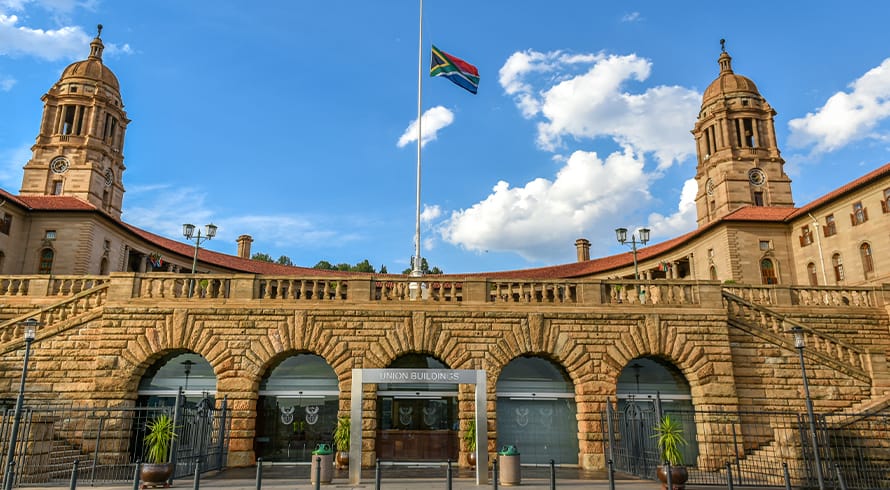New Ministerial Determinations issued by South Africa's Minister of Energy
On 18 August 2015 the South African Minister of Energy, Ms Tina Joemat-Pettersson, in consultation with the National Energy Regulator of South Africa (NERSA), issued three new s34 determinations (Ministerial Determinations) which outline South Africa's new generation capacity procurement for the immediate future.
Section 34(1)(a) of the Electricity Regulation Act, No 4 of 2006 (ERA) allows the Minister of Energy, in consultation with the NERSA, to make Ministerial Determinations for new generation capacity if she believes that it is required to secure the continued uninterrupted supply of electricity. The Ministerial Determinations may also outline the type of energy sources from which electricity must be generated.
Ministerial Determinations are also influenced by the Electricity Regulations on New Generation Capacity (published as GNR. 399 in Government Gazette No. 34262 dated 4 May 2011, as amended on 19 May 2015) (New Gen Regulations), that requires Ministerial Determinations to provide information on various issues such as the identity of the buyer and procurer of electricity to be generated, and whether new generation capacity will be procured through a bidding programme.
In summary, the Ministerial Determinations of 18 August 2015 are:
-
Gas Independent Power Producers (IPP) Procurement Programme 2015 and Amendment to the Baseload IPP Procurement Programme 2012 and Medium Term Risk Mitigation Project IPP Procurement Programme 2012
This determination amends the Baseload IPP Procurement Programme 2012 and Medium Term Risk Mitigation Project IPP Procurement Programme 2012 determination, deleting the provisions relating to new generation capacity generated from gas.
The determination then allocates 3126MW to be generated from any gas type. These include:
-
natural gas delivered to the power generation facility by any method, including by pipeline from a natural gas field or elsewhere or an LNG based method;
-
coal bed methane;
-
synthesis gas or syngas;
-
above or underground coal gasification;
-
shale gas; and
-
any other gas type or source as may be considered appropriate by the procurer.
-
The procurer under this determination will be the Department of Energy; the buyer will be Eskom Holdings SOC Ltd; and the capacity shall be procured through one or more IPP Procurement Programmes as contemplated in the New Gen Regulations, which may include cross border projects.
-
Renewable Energy IPP Procurement Programme 2015
This determination outlines that 6300MW is to be procured from renewable energy sources. The table below indicates the MW allocation per technology, which may be amended by the procurer during the course of the procurement programmes.
The procurer under this determination will be the Department of Energy; the buyer will be Eskom Holdings SOC Ltd, and the capacity may be procured through an IPP Procurement Programme as contemplated in the New Gen Regulations.
-
Cogeneration IPP Procurement Programme 2015 and Amendment to the Medium Term Risk Mitigation Project IPP Procurement Programme 2012
Aspects of the Medium Term Risk Mitigation Project IPP Procurement Programme 2012 determination have been amended to increase the capacity to be procured from Cogeneration, from an initial 800MW to 1800MW.
-
The types of generation sources have also been amended and are now:
-
waste heat or furnace off gas;
-
cogeneration (ie the simultaneous generation of electricity and useful thermal energy from a common fuel source); and
-
an energy source which is a co-product, by-product, waste product or residual product of an industrial process and / or sustainable agricultural or forestry activity.
The generation sources outlined above are in some parts aligned with the NERSA Consultation Paper on Cogeneration Regulatory Rules and Feed-In Tariffs (COFIT) dated 19 January 2011. This paper dealt with the following electricity generation technologies:
-
waste heat and energy from industrial process (Furnace Off Gas, Discard Coal);
-
combined heat and power (CHP) based on coal, natural gas and liquefied natural gas (LNG); and
-
renewable cogeneration based on mill waste such as wood chips and bagasse.
The procurement of new generation capacity through technology specific programmes has been highly successful in South Africa. The issuance of these determinations will undoubtedly serve to maintain the momentum of generation of electricity by independent power producers and the resultant market activity in the energy space.
The information and material published on this website is provided for general purposes only and does not constitute legal advice. We make every effort to ensure that the content is updated regularly and to offer the most current and accurate information. Please consult one of our lawyers on any specific legal problem or matter. We accept no responsibility for any loss or damage, whether direct or consequential, which may arise from reliance on the information contained in these pages. Please refer to our full terms and conditions. Copyright © 2025 Cliffe Dekker Hofmeyr. All rights reserved. For permission to reproduce an article or publication, please contact us cliffedekkerhofmeyr@cdhlegal.com.
Subscribe
We support our clients’ strategic and operational needs by offering innovative, integrated and high quality thought leadership. To stay up to date on the latest legal developments that may potentially impact your business, subscribe to our alerts, seminar and webinar invitations.
Subscribe




